2 way switch wiring diagram pdf
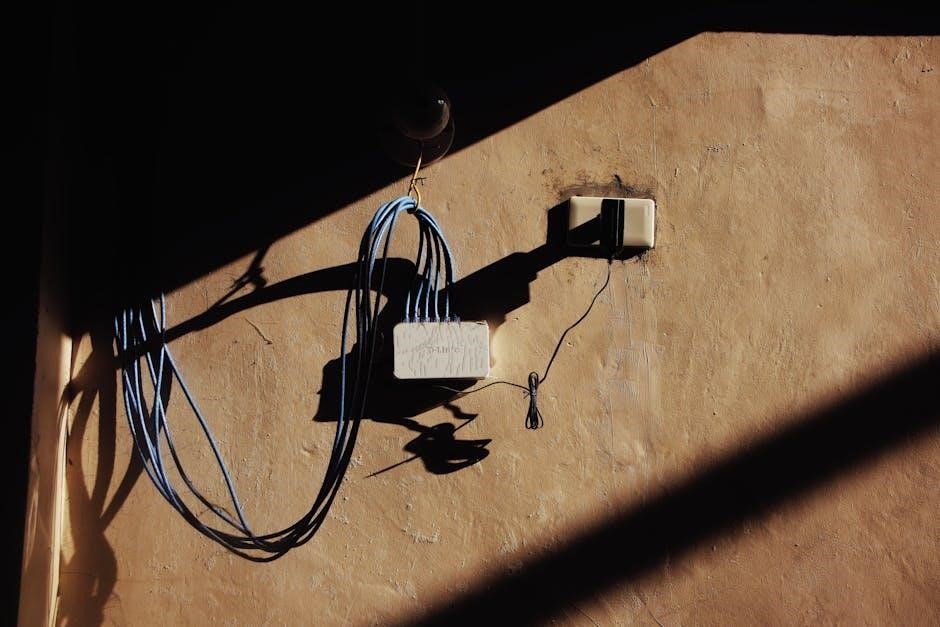
2-Way Switch Wiring Diagram: An Overview
A 2-way switch wiring diagram offers a visual representation of a circuit enabling control from two locations. These diagrams are essential for understanding circuit components, connections, and overall functionality. Accurate interpretation ensures safe installation and proper operation.
2-way switches, a cornerstone of modern electrical systems, provide the convenience of controlling a single light fixture or appliance from two different locations. Think of staircases, hallways, or large rooms where accessibility is paramount. These switches aren’t simply on/off toggles; they orchestrate a clever dance of electrical pathways, allowing you to turn a light on at one point and off at another, or vice versa.
Understanding how these switches work and how to wire them correctly is crucial for both safety and functionality. A 2-way switch system involves more than just the switches themselves. It requires careful consideration of wiring configurations, terminal identification, and adherence to electrical codes. A clear understanding of the 2-way switch wiring diagram pdf is crucial for successful installation.
Purpose of a 2-Way Switch System
The primary purpose of a 2-way switch system is to provide convenience and enhanced control over lighting or appliances from multiple locations. Imagine a long hallway; instead of fumbling in the dark to reach a single switch, a 2-way system allows you to turn the light on at one end and off at the other. This eliminates the need to traverse the entire length in darkness, improving safety and ease of use.

Beyond simple convenience, 2-way systems contribute to energy efficiency. By providing control at multiple points, they encourage turning off lights when they are no longer needed, conserving energy and reducing electricity bills. The strategic placement of switches enhances accessibility and promotes responsible energy consumption. The wiring diagram pdf clearly illustrates how this control is achieved.
Common Applications: Staircases and Hallways
Staircases and hallways represent ideal scenarios for implementing 2-way switch systems. Consider the inherent safety benefits on a staircase. A switch located at both the top and bottom of the stairs eliminates the danger of navigating steps in darkness. This is particularly important for homes with children or elderly residents, where falls pose a significant risk. The 2-way switch configuration ensures safe passage, regardless of direction.
Similarly, long hallways benefit greatly from this setup. Instead of walking the entire length of a hallway to turn on or off a light, strategically placed switches at each end provide convenient control. This is particularly useful in residential settings, commercial buildings, or any space where traversing the entire hallway is inconvenient or potentially hazardous. The detailed wiring diagram pdf offers clear guidance for these installations.
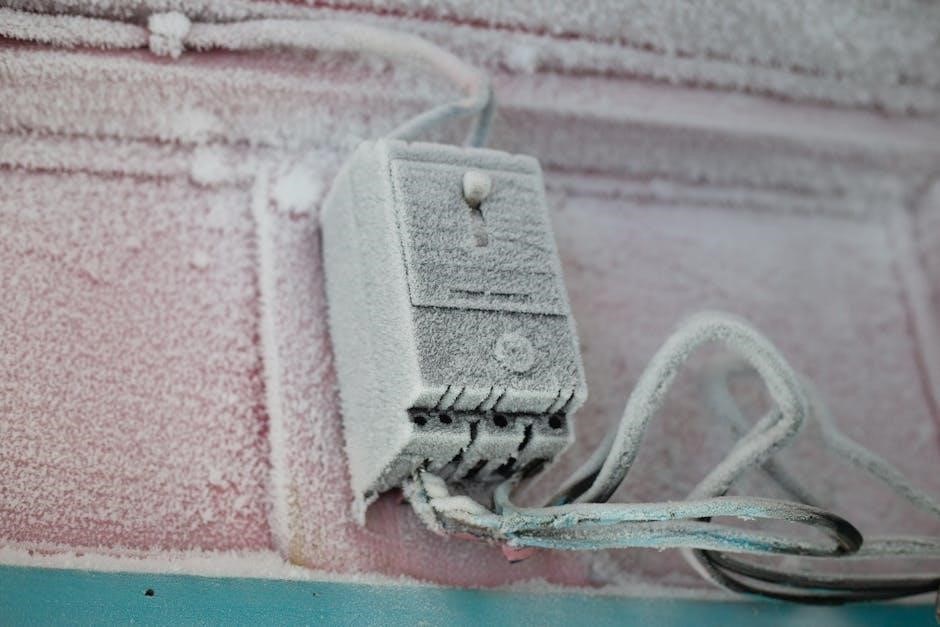
Understanding the Basics of 2-Way Switch Wiring
Grasping the fundamentals of 2-way switch wiring is crucial before attempting any installation. This section will demystify the components, terminals, and overall circuit behavior using clear explanations and accessible diagrams for easy comprehension.
What is a 2-Way Switch?
A 2-way switch, unlike a standard single-pole switch, possesses three terminals, facilitating control of a single light fixture from two distinct locations. Commonly employed in stairwells, hallways, and large rooms, these switches offer enhanced convenience. Functionally, they don’t simply “turn on” or “turn off” a circuit. Instead, they redirect the flow of electricity along one of two pathways.
Each switch alters the circuit’s configuration, enabling the light to be toggled from either location. Internally, a 2-way switch contains a common terminal and two traveler terminals. The common terminal connects to either of the traveler terminals, depending on the switch’s position. This switching action allows for remote control of the lighting circuit, providing flexibility and improved usability in various settings. Understanding this basic principle is fundamental to comprehending 2-way switch wiring diagrams and ensuring proper installation.
Components of a 2-Way Switch Circuit
A 2-way switch circuit comprises several key components working in unison to achieve remote lighting control. The primary elements include two 2-way switches, each equipped with three terminals: a common terminal and two traveler terminals. These switches are interconnected via traveler wires, which facilitate the switching action between the two locations.
Additionally, the circuit incorporates a power source, typically a live wire from the electrical panel, which feeds into one of the 2-way switches. A neutral wire is also necessary to complete the circuit, providing a return path for the electrical current. The light fixture itself is connected to one of the 2-way switches, receiving power based on the switch positions. Furthermore, wiring connectors, such as wire nuts or terminal blocks, ensure secure and reliable connections between all components. Understanding the role of each component is crucial for interpreting wiring diagrams and executing a safe and effective installation.
Terminal Identification: Common, L1, L2
Understanding terminal identification is paramount for correctly wiring a 2-way switch. Typically, a 2-way switch features three terminals, each designated with a specific label. The “Common” terminal, often marked as “COM” or with a dark screw, serves as the central connection point. It’s the terminal where the power source (either the incoming live wire or the wire leading to the light fixture) is connected, depending on the switch’s position in the circuit.
The remaining two terminals are usually labeled as “L1” and “L2” (or sometimes “1” and “2”). These are the traveler terminals, and they connect to the corresponding terminals on the other 2-way switch in the circuit. These traveler wires facilitate the switching action, allowing the circuit to be completed or interrupted from either location. Correctly identifying and connecting wires to these terminals is critical for the 2-way switch to function as intended. Miswiring can lead to a non-functional circuit or, in more severe cases, electrical hazards.

Standard 2-Way Switch Wiring Diagram
The standard 2-way switch wiring diagram illustrates the basic configuration for controlling a light from two locations. It uses three-wire control and clearly shows the connections between the switches.
Schematic Representation
The schematic representation of a 2-way switch wiring diagram offers a simplified, symbolic view of the electrical circuit. It employs standardized symbols to represent switches, wires, and the light fixture, streamlining comprehension for electricians and DIY enthusiasts alike. This abstraction emphasizes the functional relationships between components, omitting physical details for clarity.
In a typical schematic, the 2-way switches are depicted as single-pole double-throw (SPDT) switches. These switches have a common terminal and two traveler terminals. The traveler wires, connecting the switches, are clearly marked. The light fixture is represented by its standard symbol, linked to the circuit in a manner reflecting its power source.
The schematic assists in tracing the current path, illustrating how flipping either switch alters the circuit’s state, turning the light on or off. Understanding the schematic is crucial for troubleshooting and ensuring the correct implementation of the 2-way switch system, promoting a safe and effective electrical installation.
Wiring with Three-Wire Control
Wiring a 2-way switch system with three-wire control is a standard method, utilizing a three-conductor cable between the two switches. This configuration allows control of a light fixture from two different locations, enhancing convenience in stairwells, hallways, and large rooms. The three wires consist of two “traveler” wires and a common wire.
In this setup, the power source is connected to the common terminal of one switch. The two traveler wires connect the traveler terminals of both switches. The common terminal of the second switch is then connected to the light fixture. This arrangement ensures that flipping either switch changes the circuit’s state, turning the light on or off.
The three-wire control method is favored for its simplicity and reliability. Its widespread use makes it a familiar and easily understood wiring configuration for both professional electricians and homeowners undertaking electrical projects. Proper execution of this wiring method guarantees a functional and safe 2-way switch system.
Connecting COM Terminals
In a standard 2-way switch wiring configuration, the “COM” or common terminals play a crucial role. These terminals serve as the points where the power source and the light fixture are connected. Proper connection of the COM terminals is essential for the circuit to function correctly, allowing control of the light from both switch locations. One COM terminal receives the incoming power, while the other COM terminal delivers power to the light.
When wiring, identify the COM terminals on both 2-way switches. Typically, the COM terminal is marked or has a distinct color, such as black. Connect the incoming power wire to the COM terminal of one switch. Then, connect the wire leading to the light fixture to the COM terminal of the other switch. The remaining terminals, often labeled as L1 and L2 or 1 and 2, are the traveler terminals and should be wired accordingly.
Ensuring secure and correct connections to the COM terminals is paramount for a safe and functional 2-way switch circuit. Incorrect wiring can lead to malfunctions or even electrical hazards, so careful attention to detail is necessary.
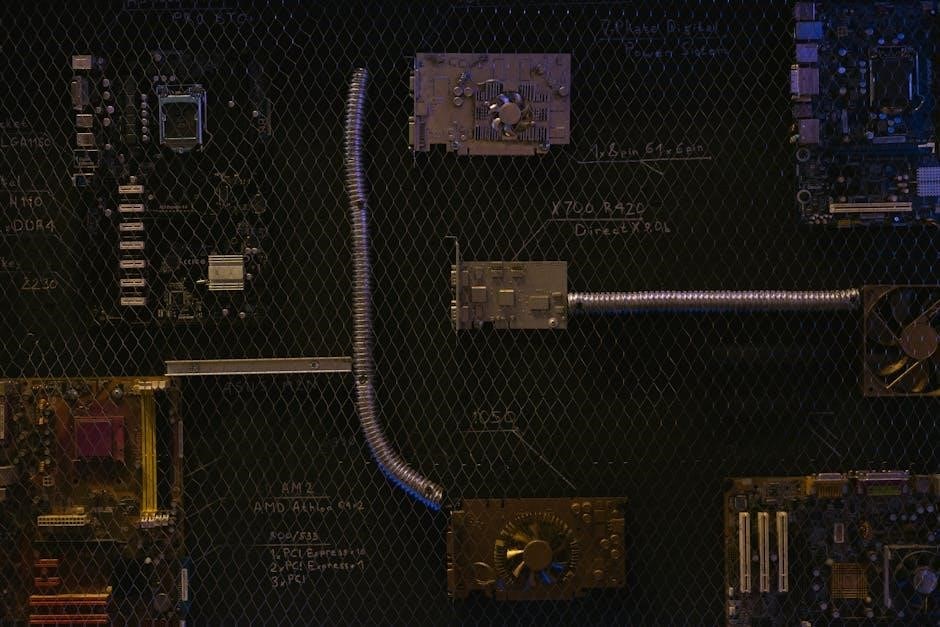
Advanced 2-Way Switch Wiring Setups
Beyond the standard setup, advanced 2-way switch wiring might involve junction boxes or complex diagrams. These configurations cater to specific needs, enhancing functionality and control within electrical systems.
Incorporating a Junction Box
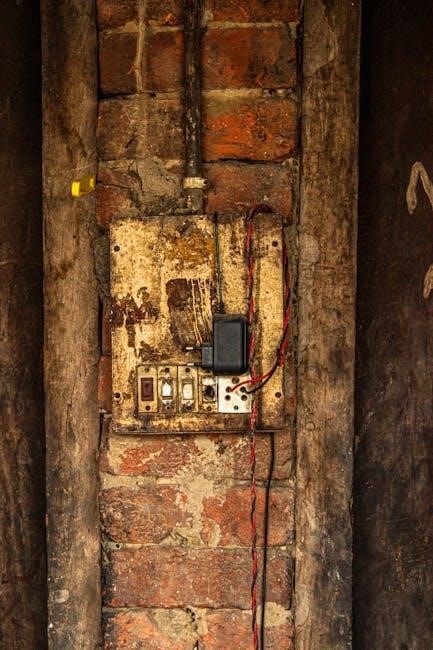
When dealing with more complex 2-way switch wiring scenarios, especially those involving multiple cables or connections, a junction box becomes a crucial component. A junction box acts as a central point for safely connecting multiple wires, ensuring proper insulation and protection from environmental factors. It simplifies the wiring process and enhances the overall safety and organization of the electrical circuit.
Incorporating a junction box can be particularly useful when extending existing circuits or adding new switches to a 2-way setup. It provides a convenient location to make necessary connections without overcrowding the switch boxes. Ensure the junction box is appropriately sized and rated for the intended application, and always follow local electrical codes and regulations when installing and wiring it.
Using a junction box correctly streamlines troubleshooting and maintenance, making it easier to identify and address any potential issues within the wiring system. Remember to label all wires clearly within the junction box to avoid confusion during future modifications or repairs.
Complex Wiring Diagrams
Beyond standard configurations, 2-way switch systems can involve complex wiring diagrams that demand a deeper understanding of electrical principles. These diagrams often arise in scenarios with multiple light fixtures, intermediate switches, or specialized control requirements. Navigating these diagrams requires careful attention to detail and a thorough understanding of electrical symbols and conventions.
Complex diagrams might include multiple junction boxes, extended cable runs, or specific wiring sequences to achieve desired functionality. When working with such diagrams, it’s crucial to verify the accuracy of the diagram and ensure it aligns with the intended application. Consulting with a qualified electrician is highly recommended when dealing with complex wiring scenarios to ensure safety and compliance with electrical codes.
These diagrams also often involve advanced troubleshooting techniques, as identifying faults can be more challenging. Clear labeling and organized wiring become essential for maintaining and repairing these complex systems. Remember to always prioritize safety and disconnect power before working on any electrical circuit.
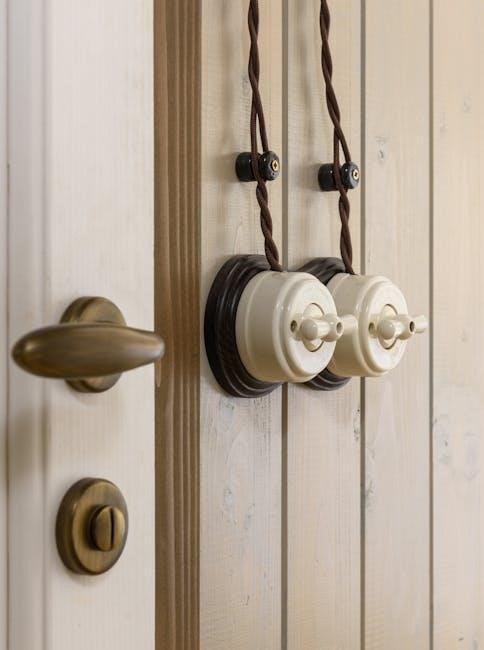
2-Way Switch Wiring with Intermediate Switches
Adding intermediate switches to a 2-way setup allows control from multiple locations. This configuration requires a modified wiring diagram to incorporate the additional switch or switches into the circuit.
Adding More Control Points
Expanding a standard two-way switch circuit to include additional control points often involves integrating one or more intermediate switches. This enhancement is particularly useful in long hallways, large rooms, or staircases with multiple landings, where convenience dictates the need for several control locations.
Intermediate switches, also known as four-way switches, differ from standard two-way switches in their internal configuration. They have four terminals and function by either crossing or straight-through connecting the wires, effectively toggling the circuit’s state regardless of other switch positions.
When planning to add more control points, you must carefully consider the wiring layout and ensure all connections are made correctly. An accurate wiring diagram becomes essential for successful implementation.
The complexity of the wiring increases with each additional intermediate switch. Meticulous attention to detail and adherence to safety guidelines are paramount to avoid electrical hazards and ensure the system functions correctly. Consulting a qualified electrician is highly recommended for such installations.
Wiring Diagram for Intermediate Switch Setup
A wiring diagram for an intermediate switch setup illustrates how to integrate four-way switches into a two-way circuit, enabling control from multiple locations. Typically, two-way switches are positioned at the circuit’s ends, while intermediate switches are placed between them, adding extra control points.
The diagram shows that the “traveler” wires from the first two-way switch connect to the two terminals on one side of the intermediate switch. The other two terminals of the intermediate switch then connect to the “traveler” wires leading to the second two-way switch.
The common terminal of each two-way switch is wired as it would be in a standard two-way setup: one to the power source and the other to the light fixture.
Each additional intermediate switch is wired in series, connecting its terminals to the traveler wires between the existing switches. This arrangement allows each switch to change the circuit’s state, providing control from any location.
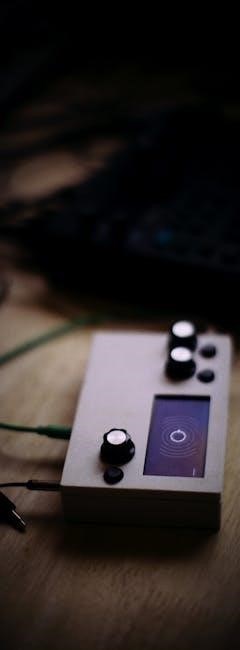
Accurate interpretation and implementation of the wiring diagram are crucial for the circuit’s proper function and safety. Incorrect wiring can lead to malfunction or electrical hazards.
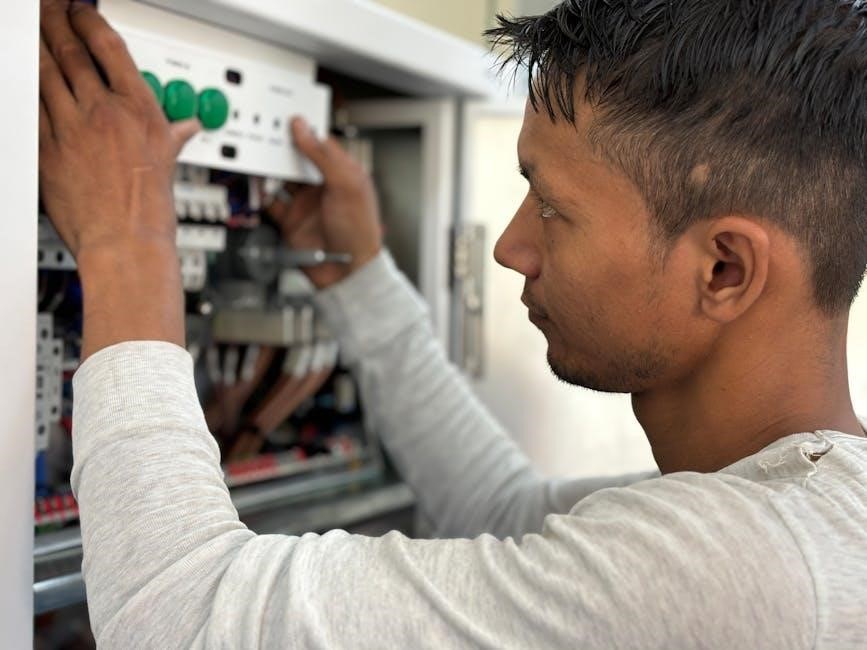
Safety Precautions and Best Practices
Prioritize safety by disconnecting power before working on electrical circuits. Always use appropriate safety gear, verify connections with electrical testers, and adhere to local electrical codes for safe and compliant installations.
Importance of Electrical Testers
Electrical testers are indispensable tools when working with 2-way switch wiring, ensuring safety and accuracy throughout the installation or troubleshooting process. Before commencing any work, testers verify that the power is completely off, preventing accidental electric shock. Continuity testers confirm proper wire connections, identifying breaks or shorts in the circuit.
Multimeters measure voltage, current, and resistance, providing valuable insights into circuit behavior. Voltage testing ensures the absence of live voltage before handling wires, while resistance measurements verify proper connections and identify potential faults. Testers aid in identifying correctly wired terminals, preventing misconnections that can lead to malfunction or safety hazards.
Using electrical testers is a crucial best practice, significantly reducing the risk of electrical accidents and ensuring a properly functioning 2-way switch system. These tools allow for systematic testing and verification, contributing to a safe and reliable electrical installation.
Following Wiring Regulations (BS 7671, IEE)
Adhering to wiring regulations, particularly BS 7671 (IEE Wiring Regulations), is paramount when installing or modifying 2-way switch circuits. These regulations establish safety standards and best practices to minimize electrical hazards and ensure the integrity of the electrical system.
BS 7671 outlines specific requirements for cable sizing, circuit protection, earthing, and bonding, all crucial for preventing electric shock, fire, and other potential dangers. Compliance ensures that the wiring installation is safe, reliable, and meets the necessary legal requirements. The regulations provide detailed guidance on selecting appropriate components, installing wiring correctly, and testing the completed installation.
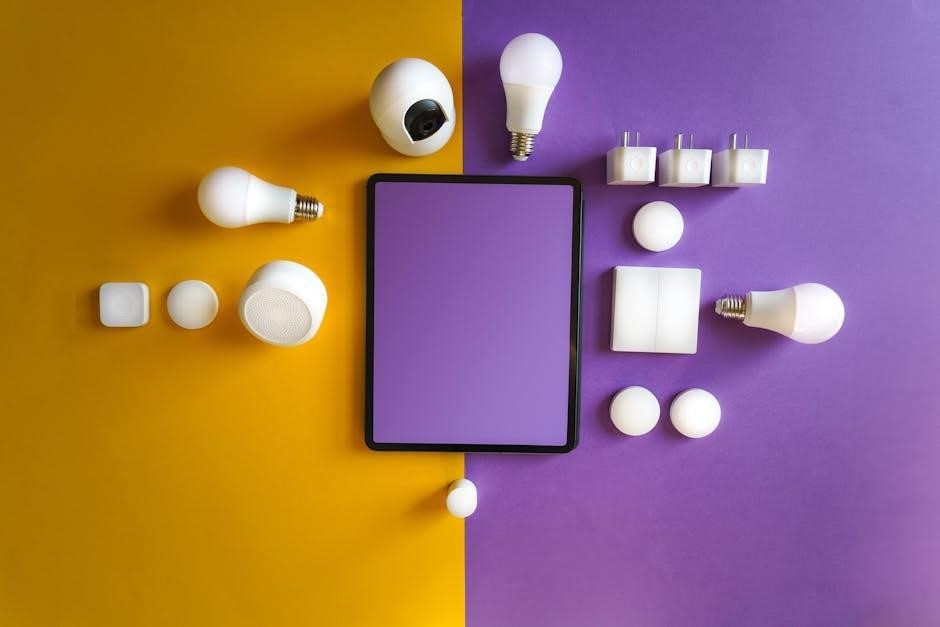
Staying updated with the latest edition of BS 7671 is essential, as the regulations are periodically revised to reflect advancements in technology and safety practices. Consulting a qualified electrician is recommended to ensure full compliance with the regulations and a safe, functional 2-way switch system.
Correct Installation Procedures
Following correct installation procedures is critical for ensuring the safe and effective operation of a 2-way switch circuit. Before commencing any work, always isolate the electrical supply to the circuit at the consumer unit (fuse box) to prevent electric shock.
Carefully identify all wires and terminals, referring to the wiring diagram for accurate connections. Ensure that all connections are secure and properly tightened to prevent loose connections, which can lead to overheating and fire hazards. Use appropriately sized and rated cables for the circuit, and protect them from damage by using suitable conduits or trunking.
When connecting wires to terminals, ensure that the correct terminals are used (common, L1, L2). Double-check all connections before restoring the power supply. After installation, test the circuit to verify that the switches function correctly and that there are no faults. If any issues are detected, immediately isolate the power and investigate the problem.